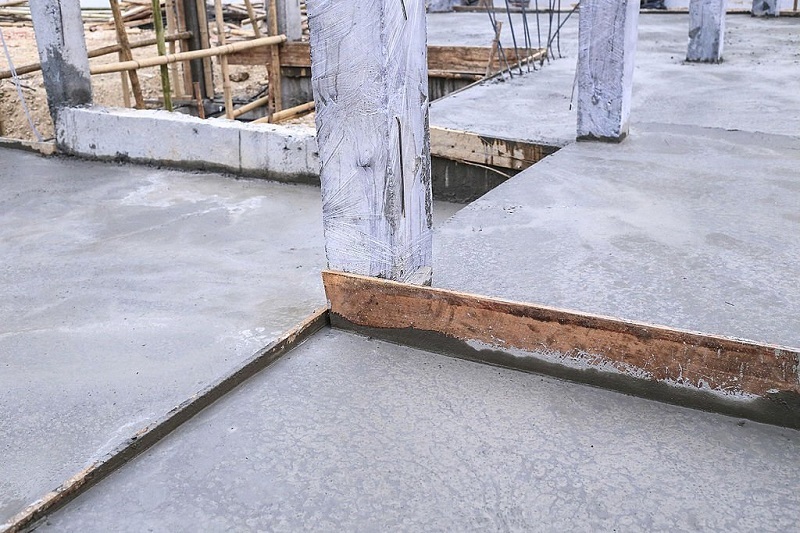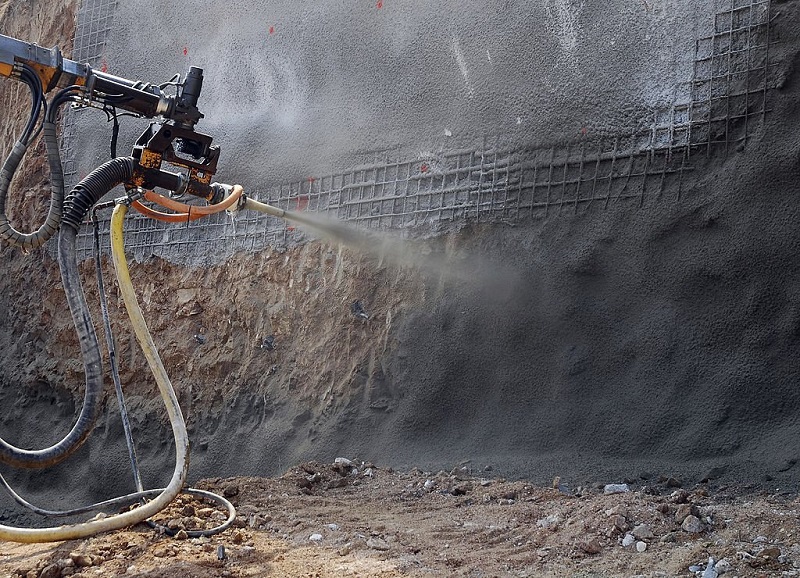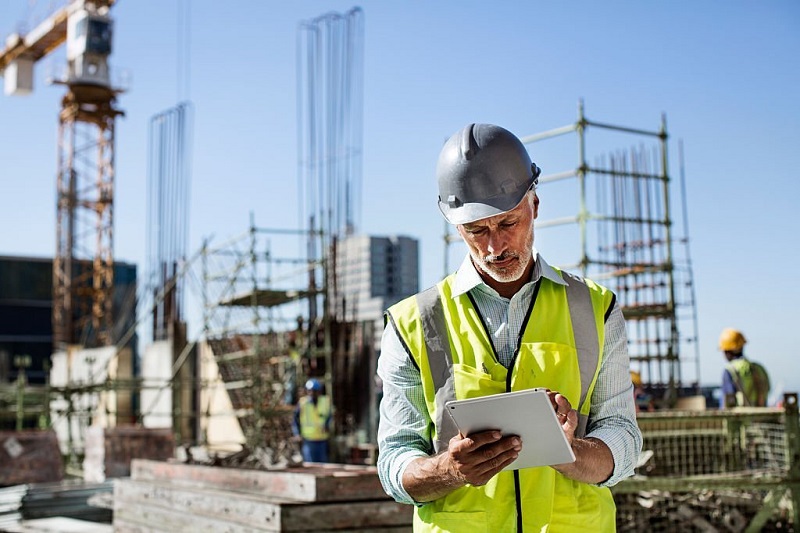Concrete slabs have become the building foundation of choice for residential and commercial construction projects due to their durability, versatility, and energy efficiency. But what are concrete slabs, and why have they become so integral to modern design and functionality? In this article, we will delve into the world of concrete slabs, exploring their benefits and how they have shaped the construction industry’s landscape. With a focus on reinforced and precast concrete, we will examine the advantages of using concrete slabs in a variety of applications, from residential homes to commercial buildings. So, let’s begin our journey into the world of concrete slabs and discover how they have become the foundation of modern design and functionality.
1. What are Concrete Slabs?
Concrete slabs are flat, horizontal surfaces made from a mixture of cement, water, and aggregates such as sand and gravel. They are typically used as a foundation for residential and commercial buildings, providing a stable and durable base for the structure above. Concrete slabs can be cast on-site or precast off-site and then transported and installed at the construction location. They can be reinforced with steel or other materials to increase their strength and resistance to cracking.
2. The Benefits of Concrete Slabs
There are several benefits to using concrete slabs as the foundation for residential and commercial construction projects. These include:
- Durability: Concrete is known for its strength and resistance to wear and tear, making it an ideal material for a building’s foundation.
- Versatility: Concrete slabs can be used in various applications, from residential homes to commercial buildings, and can be customized to suit the specific needs of each project.
- Cost-effectiveness: Concrete slabs are often more affordable than other foundation types, such as wood or steel, making them a popular choice for budget-conscious builders and property owners.
- Energy efficiency: Concrete slabs can help to regulate a building’s temperature, reducing energy consumption and associated costs.
3. Reinforced Concrete Slabs
Reinforced concrete slabs are made by embedding steel bars or mesh into the concrete, which provides additional strength and resistance to cracking. This reinforcement allows for larger spans and heavier loads to be supported by the slab, making it suitable for use in commercial construction projects. Additionally, the steel reinforcement helps to prevent the concrete from shrinking and cracking over time, ensuring a stable and durable foundation for the building.
4. Precast Concrete Slabs
Precast concrete slabs are cast off-site and then transported and installed at the construction location. This method offers several advantages over traditional on-site casting, including:
- Improved quality control: Precast concrete slabs are manufactured in a controlled environment, ensuring consistent quality and adherence to specifications.
- Faster construction times: With precast slabs, construction projects can proceed more quickly, as the slabs can be installed as soon as they arrive on site.
- Reduced waste: Precast concrete slabs generate less waste compared to on-site casting, as excess concrete can be reused in other projects.
- Enhanced design flexibility: Precast slabs can be customized to meet the specific requirements of a project, allowing for unique and innovative design solutions.
5. Residential Construction with Concrete Slabs
In residential construction, concrete slabs are commonly used as the foundation for single-story homes, as well as for basements and garages. They provide a stable and durable base for the structure, helping to protect it from moisture and ground movement. Additionally, concrete slabs can be insulated to improve the overall energy efficiency of the home, reducing heating and cooling costs for the homeowner.
6. Commercial Construction with Concrete Slabs
Concrete slabs are also widely used in commercial construction projects, such as office buildings, retail spaces, and industrial facilities. In these applications, reinforced concrete slabs are often utilized to support the additional weight and structural requirements of the building. The durability and versatility of concrete slabs also make them an attractive option for large-scale commercial projects, as they can be tailored to meet the specific needs of each project.
7. Cost-Effectiveness of Concrete Slabs
One of the primary reasons concrete slabs have become the go-to foundation choice for many builders and property owners is their cost-effectiveness. Compared to other foundation types, such as wood or steel, concrete slabs are often more affordable and require less maintenance over time. This can result in significant savings for both residential and commercial construction projects, making concrete slabs an attractive option from a financial standpoint.
8. Energy Efficiency and Sustainability
Concrete slabs can contribute to a building’s overall energy efficiency, as they can help regulate the temperature within the structure. By insulating the slab, heat can be retained during the winter months and kept out during the summer months, reducing the need for artificial heating and cooling. This can lead to lower energy consumption and associated costs, as well as a reduced environmental impact. Additionally, concrete is a sustainable material, as it can be recycled and repurposed for use in other construction projects.
9. Concrete Slabs and Modern Design
The versatility of concrete slabs has allowed architects and designers to push the boundaries of modern design, creating unique and innovative structures that showcase the material’s capabilities. From sleek, minimalist homes to expansive commercial buildings, concrete slabs have become a staple in contemporary architecture, providing a solid foundation that supports both form and function.
Conclusion
Concrete slabs have undoubtedly become the foundation of modern design and functionality in both residential and commercial construction projects. Their durability, versatility, cost-effectiveness, and energy efficiency have made them a popular choice for builders and property owners alike. With the advancements in reinforced and precast concrete, we can expect to see even more innovative designs and applications of concrete slabs in the future.
As we continue to strive for sustainable and efficient construction methods, concrete slabs will undoubtedly remain at the forefront of modern design and functionality.



